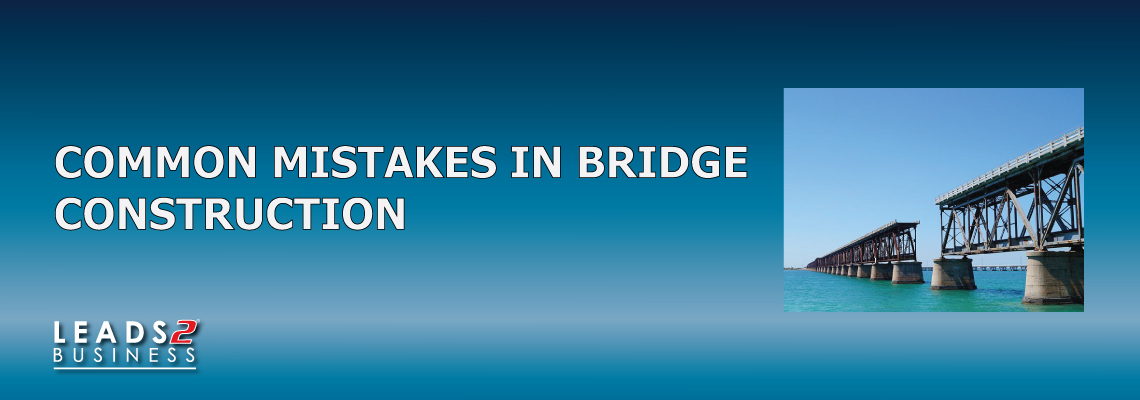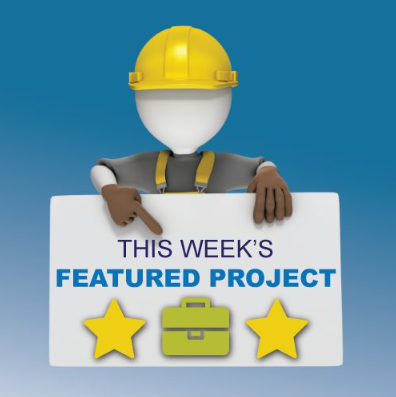Common Mistakes in Bridge Construction

The best way to avoid bridge failures is to expect them to happen and develop a good risk management strategy. Don’t just wait to cross that bridge when you get there. This is the only way to protect the public from injuries, loss of life, property damage and destruction. Some bridge collapses are mysteries when they first happen. It isn’t until a detailed investigation is completed that the true cause is revealed.
I am going to list a few common mistakes in bridge construction:
1. Poor Bridge Maintenance: The collapsing of bridges could be prevented with more strict inspections and frequent routine maintenance. Rusted parts must be replaced, drainage areas cleared in case of natural disasters and reinforcements added especially when the use of the bridge has increased. The Connecticut Turnpike over the Mianus River collapsed due to the failure of steel pins that had corroded. I can not believe the lack of bridge maintenance! Can’t get over it.
2. Cheap Materials: A bridge is only as strong as what it’s built with. No one likes to spend money, but excessive cost-cutting can leave the bridge vulnerable to collapses. Not only is the bridge put in a more precarious situation, but saving money on materials can also lead to more costly repairs down the line.
3. Design Defect: While some bridges are constructed perfectly with high-end materials, they can still fail if the design is flawed. Bridges with a poor design could fail to hold enough weight or withstand natural conditions. There are bridges whose collapse was unpreventable before the bridge was ever built.
4. Natural Disasters: Today’s changing climate and the extreme weather events associated with it is causing chaotic weather. Most collapses happen on bridges that were built a long time ago when designers couldn’t imagine the kind of storms they’d have to withstand today. We can’t control the weather, but we can build structures strong enough to withstand such natural disasters. There is always room for improvement.
5. Accidents: Whether it’s a truck hitting a support post, a train falling off the tracks or a boat colliding into a foundation, accidents are one of the leading reasons bridges are damaged or come down. Bridge engineers must plan for all types of incidents. They will have to also bear in mind what the future holds for us. Will there be driverless cars, larger ocean tankers, and cruise ships, along with pilotless drones that could impact bridges in the near and distant future? I think it’s possible, most of it is already happening.
I am definitely no expert in any of these aspects, but keep these failures in mind next time you sitting in your car under a train bridge and the robot for you to go is red.
Sources:
Wikipedia
Civil Digital
Asset Works
Engineers Journal
If you are interested in becoming one of our subscribers, please visit Leads 2 Business.
To view notes with screenshots on how to use our website, please visit Leads 2 Business Wiki.
To view more Articles, please visit our Leads 2 Business Blog.
About Sonet van Wygaard
I started working at Leads 2 Business in 2014. I was part of the Tenders Africa team and moved to Projects in 2019. I love every second of it!








Leave a Reply